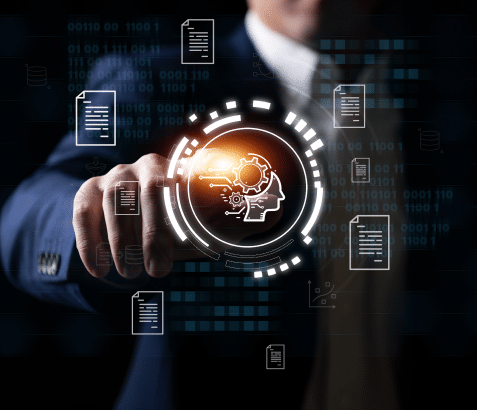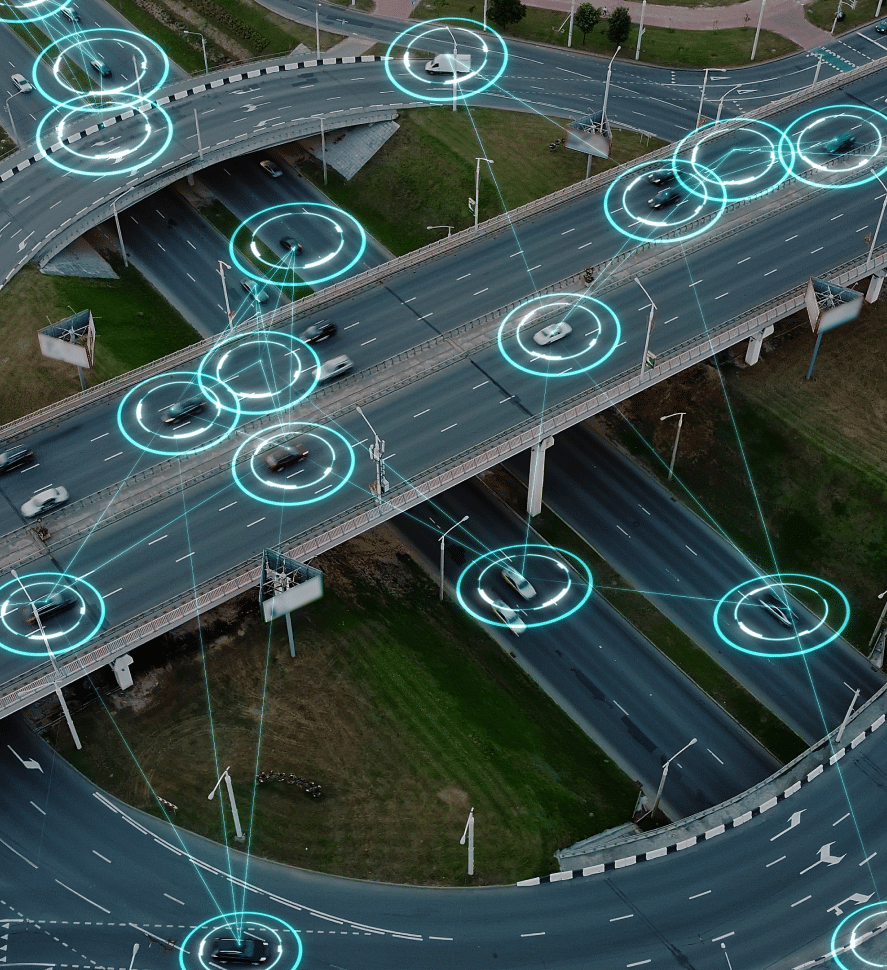S
- Sandbox Environments
- Secure Coding Practices
- Security Automation
- Security Awareness Training
- Security Champions
- Security Information and Event Management (SIEM)
- Security Orchestration
- Security Posture
- Shift-Left Security
- Smart City
- Smart Home
- Smart Manufacturing
- Smart Meters
- Smart Products
- Smart Spaces
- Software as a Service (SaaS)
- Software Composition Analysis (SCA)
- Software Defined Networking (SDN)
- Software Development Life Cycle (SDLC)
- Static Application Security Testing (SAST)
- Structured Data
R Language
Simple Definition for Beginners:
R is a programming language used for statistical analysis, data visualization, and data manipulation, helping users turn raw data into meaningful insights.
Common Use Example:
A data analyst uses R to create graphs and charts that show trends in customer behavior, helping the company make informed business decisions.
Technical Definition for Professionals:
R is a powerful, open-source programming language and software environment designed for statistical computing and graphics. It is widely used among statisticians, data miners, and data scientists for developing statistical software and performing data analysis. R provides a comprehensive set of tools for data manipulation, calculation, and graphical display, including linear and nonlinear modeling, time-series analysis, classification, clustering, and more. R’s extensive library of packages allows users to extend its capabilities and apply cutting-edge techniques in data analysis and visualization. Additionally, R supports integration with other programming languages and data sources, making it a versatile tool in the data science ecosystem.
R Language

